A filter is any device that allows some materials to pass through a material while stopping others.
When it comes to light, an optical filter is any device that selectively transmits a range of wavelengths while rejecting others. Optical filters are used for a range of applications, including photography, clinical chemistry, and microscopy, among others.
Additionally, there are various types of optical filters. Here is a look at each one of these optical filter types and their uses.
An optical filter is a device that selectively transmits a portion of the optical spectrum while rejecting the transmission of other wavelengths. Depending on the means by which filters block unwanted wavelengths, they can be classified as either dichroic or absorptive.
Dichroic filters, which are also referred to as interference filters, reflect all the undesired wavelengths and allow the desired wavelengths to pass through. On the other hand, absorptive filters do not reflect but absorb certain wavelengths and transmit the remaining wavelengths.
Optical filters are mainly classified as absorptive and dichroic filters.
However, there are other classifications of optical filters based on applications, the type of wavelengths they transmit, and their construction materials, as explained below.
Bandpass filters block all wavelength frequencies except for a narrow range. The bandpass filter is a combination of the shortpass and longpass filter. These filters block all wavelengths that are either too long or too short than the cutoff range. The cutoff range can be manipulated to transmit a wider or narrower range of light by changing the filter’s layers.
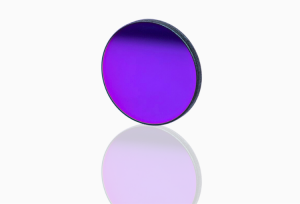
Bandpass Filter
A shortpass filter transmits a short wavelength of light that is set below a predetermined length. This length is determined by the optical coating and substrate. All other wavelengths that are longer than the set length are blocked. These types of filters are used together with longpass filters.
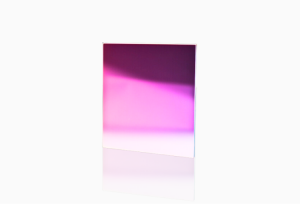
Shortpass Filter
As mentioned earlier, longpass filters are used with shortpass filters in bandpass filtration applications such as fluorescence spectroscopy and chemical analysis systems. These filters transmit wavelengths that are above a specified length which is determined by the optical coating and substrate. All other wavelengths that are shorter than the set point are blocked.
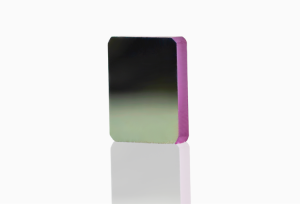
Longpass Filter
Infrared filters are heat-absorbing filters. These filters block the visible rays of light and pass the red light spectrum, also called infrared light. IR filters are often used in infrared photography to create unique and stunning infrared images.
Unlike IR filters, ultraviolet filters cut off ultraviolet rays and transmit visible light. UV filters can be classified into inorganic and organic UV filters. The former works by reflecting the UV rays, while the latter absorbs the ultraviolet light. These filters are commonly used in film photography as they help reduce photo discoloration caused by UV light. UV filters are also used in digital cameras to protect the camera lens from scratches, dust, and other hazards.
To help you understand the similarities and differences between the varieties of optical filters available, here is a detailed look at other types of filters that haven’t been mentioned above.
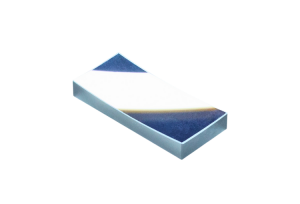
Cold Mirror
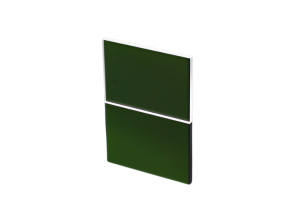
Notch Filter
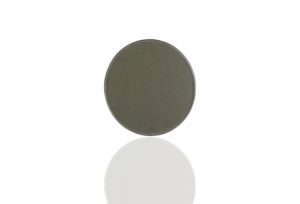
Neutral Density Filter
Hopefully, now you’re informed on what optical filters are and the different types available.
Are you looking for a reliable optical filter supplier?
At Shanghai Optics, we specialize in the supply of quality optical filters. We also manufacture customized optical filters for all applications. Have a look at our optical solutions and make your order today. If you have questions, we will be happy to answer them. Just contact us here.